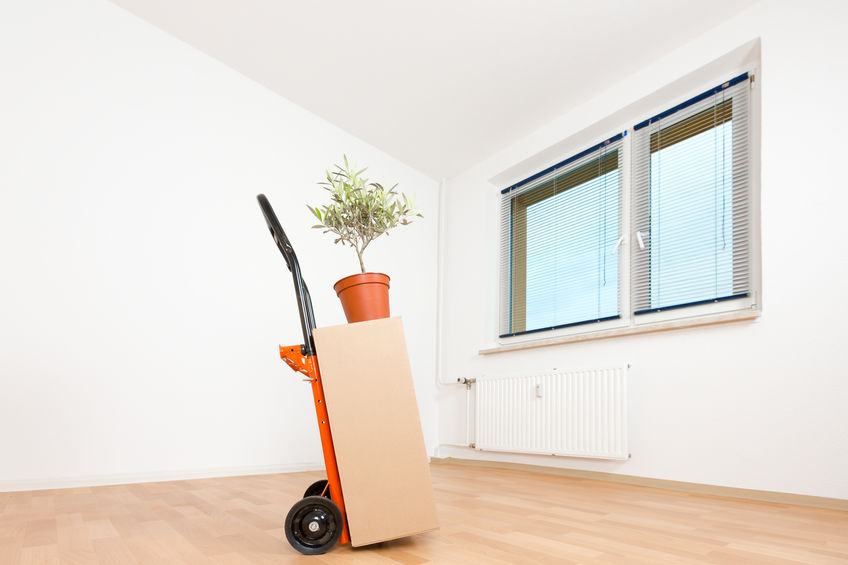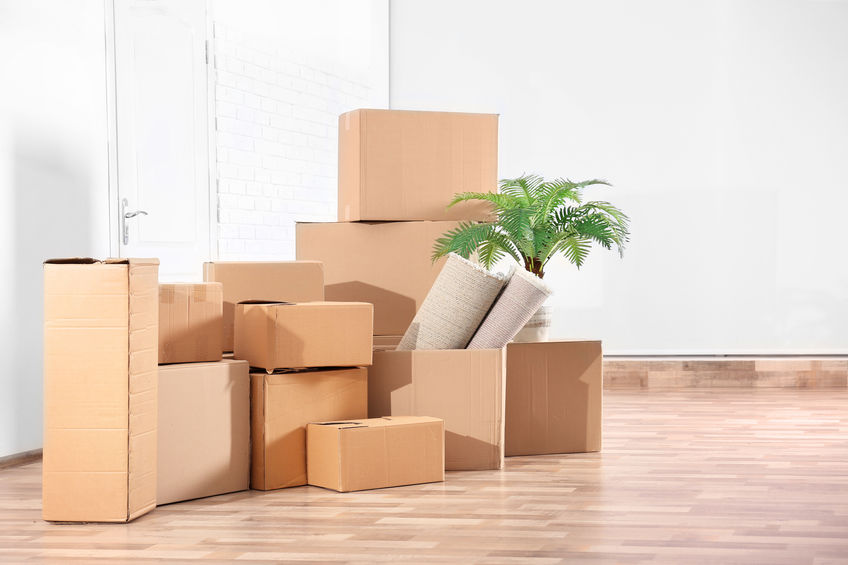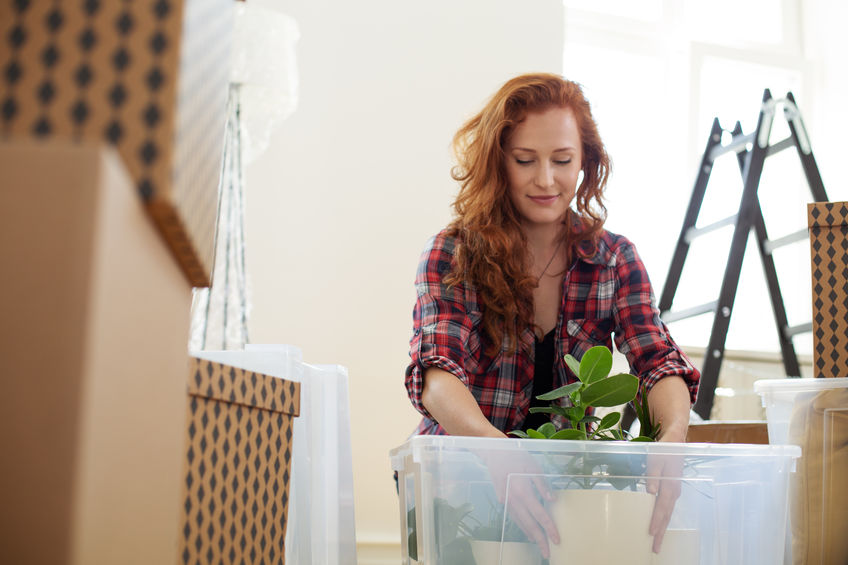Whether houseplants or garden plants, they can all be moved. With varying degrees of success, depending on the time of year and the plants' resistance! So how can you make sure you take your plants with you when you move? Follow our advice on how to best prepare your green plants for a change of scenery.
Moving plants: a risk to be weighed up carefully
 When you're moving, the first thing on your mind is the paperwork. Then comes the packing. Suddenly, when everything's packed, you realize that there's no provision for moving houseplants. Not to mention the plants in the garden.
When you're moving, the first thing on your mind is the paperwork. Then comes the packing. Suddenly, when everything's packed, you realize that there's no provision for moving houseplants. Not to mention the plants in the garden.
But should they really be moved? The subject is divided. Moving a plant is always stressful, and can be disruptive or even fatal. This is even truer for garden plants, which have to be dug up, transported and replanted, sometimes during a bad season. But you're so attached to them that you don't want to leave them. It's understandable! In any case, weigh up the pros and cons before you decide, and prepare the ground.
Preparing plants for a move
You need to take a number of precautions to move potted plants or garden plants in the best possible conditions.
Protecting potted plants during transport
Moving houseplants requires double protection for the foliage and flowers, as well as the pot. In the case of climbing plants or large green plants, you run the risk of breaking branches during the move. It is therefore generally advisable to
To limit breakage, wrap large plants in a winter veil to form a more compact mass during transport. This will also protect plants from draughts. Finally, secure pots in a cardboard box to avoid shocks, and separate them with newspaper or bubble wrap if you're packing several small pots in the same box.
Select and prepare garden plants
If you have the choice of when to move, make sure you respect the season as much as possible. In summer, the lack of water is very likely to cause plants to die. For outdoor plants, wait until the last moment to dig them up, and remember to keep a clod of soil at the foot of the plant. Put them in watertight plastic bags for transport, so you can water them lightly until they're back in the ground.
Looking after plants after a move

In both cases, you need to keep an eye on the plants in the days and months that follow to detect any signs of weakness. The hardest part of getting back beautiful plants is often finding a new exposure for them. Exposure to the sun is not always the same in a new home. Your plants may take some time to adapt.
If you choose to use a professional to move your belongings, be aware that a mover cannot be held responsible for damage to your plants. Plants are property and cannot be compensated in the event of a problem. Moving plants is therefore at your own risk. You should also be aware that some plants are not allowed abroad.
If you're moving internationally, it's best to forget about your plants. In any case, they will probably not be adapted to the climatic conditions of your new home. To find out more about the special conditions under which plants can be handled by one of our network companies, please contact us.
